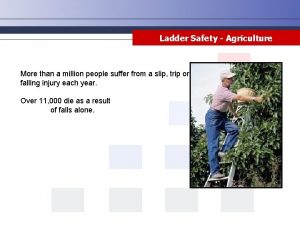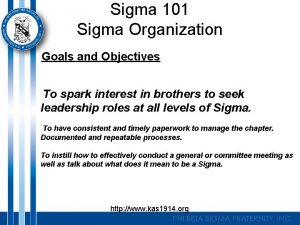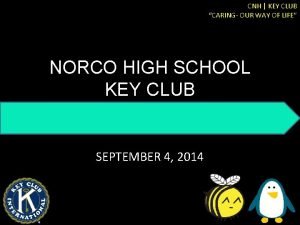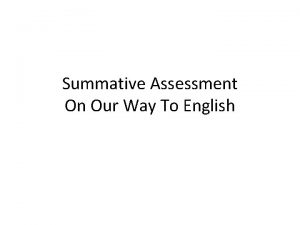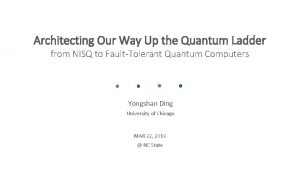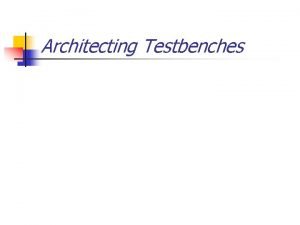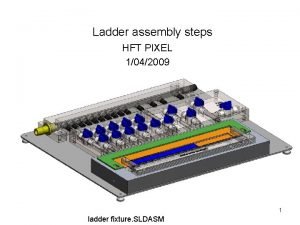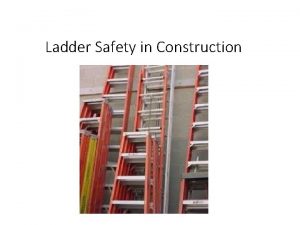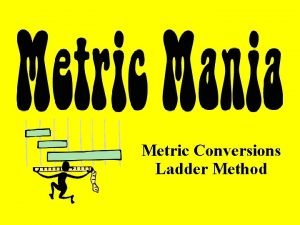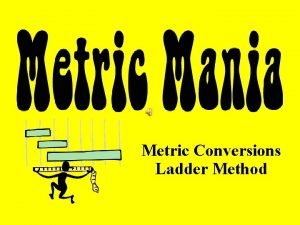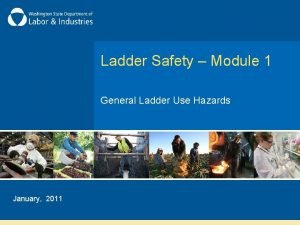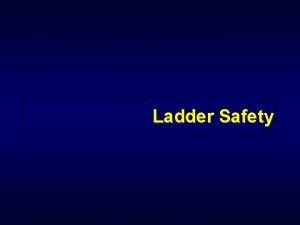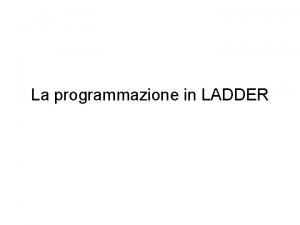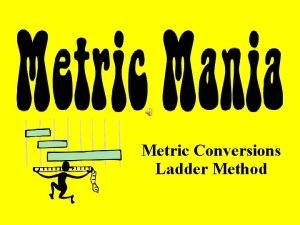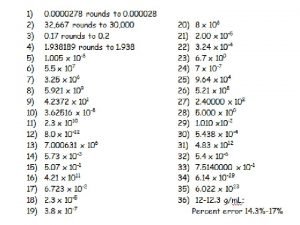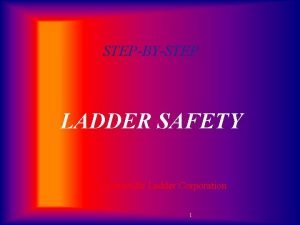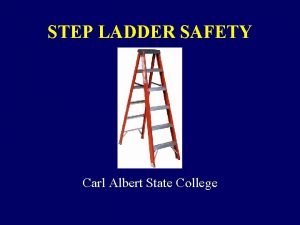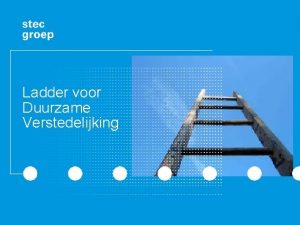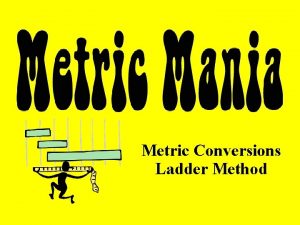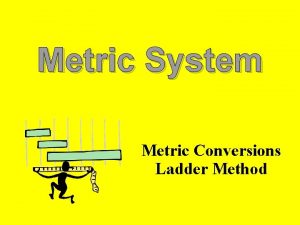Architecting Our Way Up the Quantum Ladder from

































![Using Qubits Sparingly in Computation [with X. -C. Wu et. al. ] Using Qubits Sparingly in Computation [with X. -C. Wu et. al. ]](https://slidetodoc.com/presentation_image/463b409b5d0b4b1c7fa94046686fc544/image-34.jpg)




![Compiling for Variational Algorithms [with P. Gokhale et. al. ] Compiling for Variational Algorithms [with P. Gokhale et. al. ]](https://slidetodoc.com/presentation_image/463b409b5d0b4b1c7fa94046686fc544/image-39.jpg)




- Slides: 43

Architecting Our Way Up the Quantum Ladder from NISQ to Fault-Tolerant Quantum Computers Yongshan Ding University of Chicago MAR 22, 2019 @ NC State

OVERVIEW NISQ to Fault-Tolerant Quantum Computers

OVERVIEW Vertical Hardware-Software Integration More noise-resilient: e. g. variational algorithms Quantum Kernel Classical Processing Application Layer Systems Software Layer Programming Language Compiler Optimizations & Circuit Synthesis Error Correction Pulse Compilation Control & Measurement Plane Hardware Layer Control Processor Quantum Data Plane Higher fidelity, better connectivity, etc More reliable and scalable: e. g. qubit mappings

OVERVIEW Data Flow in Quantum Computer Systems

OUTLINE 1 Overview 2 Quantum Error Correction and Magic-State Distillation 3 Memory Management, Pulse Compilation, et cetera 4 Summary and Outlook

FAULT-TOLERANT QC Operations on Error-Corrected Quantum Computers Difficult 2 -qubit gate: CNOT gate Easy single-qubit gates: H X Z Expensive to implement: requires braiding Difficult single-qubit gate: T gate T Consume: 1 magic state Useful applications contain a significant number of T gates. Expensive to implement: requires magic state distillation

MAGIC-STATE DISTILLATION Operations spent on distillation (percentage) Magic State Distillation is Expensive Ising Model QFT Quantum Chemistry *Ising Model of spin chain with size 500. Operations spent on magic state distillation: 99. 4% Common Kernel *Quantum Fourier Transform with size 100. Operations spent on magic state distillation: 99. 8% T-gate Percentage

MAGIC-STATE DISTILLATION T-Gate Injection Circuit T-Gate Injection T Magic state S Clifford gates Magic state

MAGIC-STATE DISTILLATION Making Magic States T gates (raw or injected) p . . . Detect Errors Decode Post-select on syn. . . T T Measure Syndrome T T. . . Encode p 2

MAGIC-STATE DISTILLATION Better Magic States Encode . . . Measure Syndrome Post-select on syn. . . Decode . . . Encode T T Measure Syndrome Post-select on syn. . . Decode T T T T

MAGIC-STATE DISTILLATION Block Code Distillation Factory T T p 2 T T p “Distillation Factory”

A Z Z X X Z Z X X Z Z

B A C

COMMUNICATION VIA BRAIDING Fewer crossings?

Making Magic States Efficiently https: //doi. org/10. 1109/MICRO. 2018. 00072 [with A. Holmes et. al. ]

OBJECTIVE Mapping

TECHNIQUES Mapping

TECHNIQUES Concatenate and Arrange Cost of Permutation Step 78% 66% 48% 28% 4 16 36 64 100

TECHNIQUES Force-Directed Annealing 1 Vertex-Vertex Attraction 2 Edge-Edge Repulsion 3 Magnetic Dipole Source: http: //jsfiddle. net/4 sq 4 F/

Vertex-Vertex Attraction

FORCE-DIRECTED ANNEALING Vertex-Vertex Attraction Calculated with cycle-by-cycle simulation

Edge-Edge Repulsion

FORCE-DIRECTED ANNEALING Edge-Edge Repulsion

Magnetic Dipole + + + -

FORCE-DIRECTED ANNEALING Magnetic Dipole Rotation

HIERARCHICAL STITCHING Force-Directed Annealing

HIERARCHICAL STITCHING Valiant-Style Routing

HIERARCHICAL STITCHING Port Reassignment Output ports from round 1 Input ports from round 2

RESULTS Multi-Level Factories 82% overhead reduction

Distributing Magic States Efficiently https: //doi. org/10. 1016/j. micpro. 2019. 02. 007 [with A. Holmes et. al. ]

DISTRIBUTION Embed Distillation Factories into the System Given a target application: • How much area should we use for distillation? • How many levels of distillation do we need? • Where should we map the factories? Ground State Estimation Ising Model

DISTRIBUTION Embed Distillation Factories into the System Given a target application: • How much area should we use for distillation? • How many levels of distillation do we need? • Where should we map the factories?

DISTRIBUTION Embed Distillation Factories into the System
![Using Qubits Sparingly in Computation with X C Wu et al Using Qubits Sparingly in Computation [with X. -C. Wu et. al. ]](https://slidetodoc.com/presentation_image/463b409b5d0b4b1c7fa94046686fc544/image-34.jpg)
Using Qubits Sparingly in Computation [with X. -C. Wu et. al. ]

MEMORY MANAGEMENT Qubit usage over time Modular Exponentiation Active Quantum Volume : = area underneath

MEMORY MANAGEMENT Qubit Reclamation Imposes Costs

MEMORY MANAGEMENT Compiler Tool Flow

MEMORY MANAGEMENT Results
![Compiling for Variational Algorithms with P Gokhale et al Compiling for Variational Algorithms [with P. Gokhale et. al. ]](https://slidetodoc.com/presentation_image/463b409b5d0b4b1c7fa94046686fc544/image-39.jpg)
Compiling for Variational Algorithms [with P. Gokhale et. al. ]

VARIATIONAL ALGORITHMS Dynamic Compilation Flow

VARIATIONAL ALGORITHMS Pulse Compilation Comparisons ~1000 ns ~50 ns ~1000 ns UCCSD Ansatz Preparation for Li. H

Summary and Outlook

SUMMARY & OUTLOOK • Verify correctness of qubit reclamation? • Automatically detect points of qubit reclamation? • And a language support for that? • • Apply to lattice surgery instead of braiding? Relax the correlated-error constraints? Braid crossing? Embed data into distillation factory? • Faster pulse compilation? • More accurate pulse compilation? Frederic T. Chong, Diana Franklin, Pranav Gokhale, Henry Hoffmann, Adam Holmes, Ali Javadi-Abhari, Nelson Leung, Margaret Martonosi, Thomas Propson, David Schuster, Ash Wiseth, Chris Winkler, Xin-Chuan Wu.
 Quantum physics vs mechanics
Quantum physics vs mechanics Quantum physics vs mechanics
Quantum physics vs mechanics Tripod inspection checklist
Tripod inspection checklist Awareness of ourselves and our environment is:
Awareness of ourselves and our environment is: Our census our future
Our census our future Awareness of ourselves and our environment
Awareness of ourselves and our environment Our census our future
Our census our future Awareness of ourselves and our environment is:
Awareness of ourselves and our environment is: Ok 313
Ok 313 Our life is what our thoughts make it
Our life is what our thoughts make it God our father christ our brother
God our father christ our brother Marcus aurelius our life is what our thoughts make it
Marcus aurelius our life is what our thoughts make it We quail, money makes us quail.
We quail, money makes us quail. Thinking affects our language, which then affects our:
Thinking affects our language, which then affects our: Awareness of ourselves and our environment is
Awareness of ourselves and our environment is Our future is in our hands quotes
Our future is in our hands quotes We bow our hearts we bend our knees
We bow our hearts we bend our knees Sigma101
Sigma101 Our leadership way
Our leadership way Our location in the milky way
Our location in the milky way Norco high school mascot
Norco high school mascot On our way to english
On our way to english Two way anova
Two way anova When i was one i had just begun the day i went to sea
When i was one i had just begun the day i went to sea One way anova vs two way anova
One way anova vs two way anova Threaded binary tree definition in data structure
Threaded binary tree definition in data structure Talk this way
Talk this way Contoh soal two way anova
Contoh soal two way anova Perbedaan anova one way dan two way
Perbedaan anova one way dan two way Conventional software
Conventional software Key club meaning
Key club meaning What does one way anova tell you
What does one way anova tell you Thế nào là hệ số cao nhất
Thế nào là hệ số cao nhất Ng-html
Ng-html Hệ hô hấp
Hệ hô hấp Bảng số nguyên tố lớn hơn 1000
Bảng số nguyên tố lớn hơn 1000 đặc điểm cơ thể của người tối cổ
đặc điểm cơ thể của người tối cổ Các châu lục và đại dương trên thế giới
Các châu lục và đại dương trên thế giới Cách giải mật thư tọa độ
Cách giải mật thư tọa độ Glasgow thang điểm
Glasgow thang điểm ưu thế lai là gì
ưu thế lai là gì Tư thế ngồi viết
Tư thế ngồi viết Thẻ vin
Thẻ vin Bàn tay mà dây bẩn
Bàn tay mà dây bẩn


